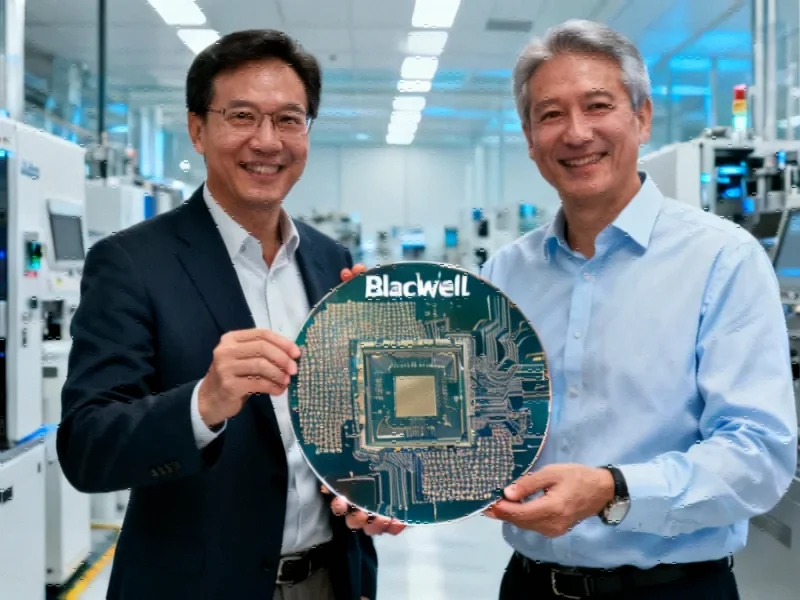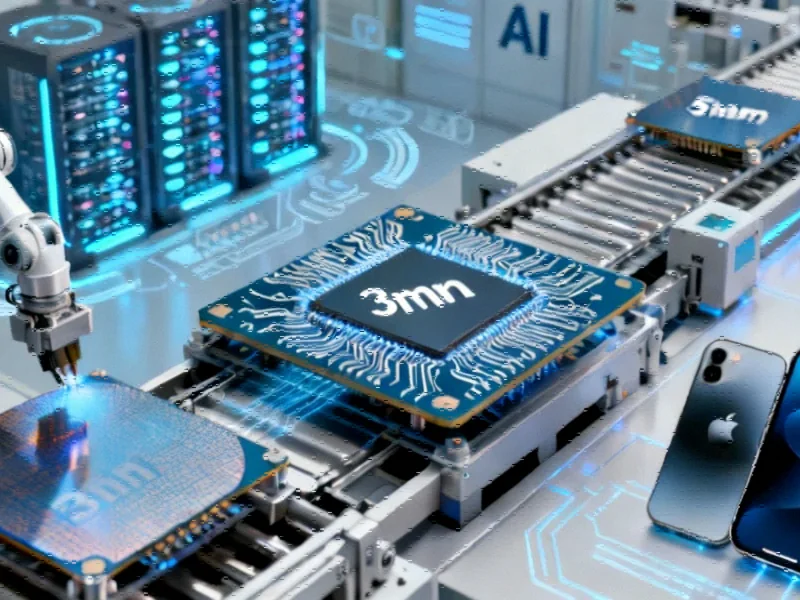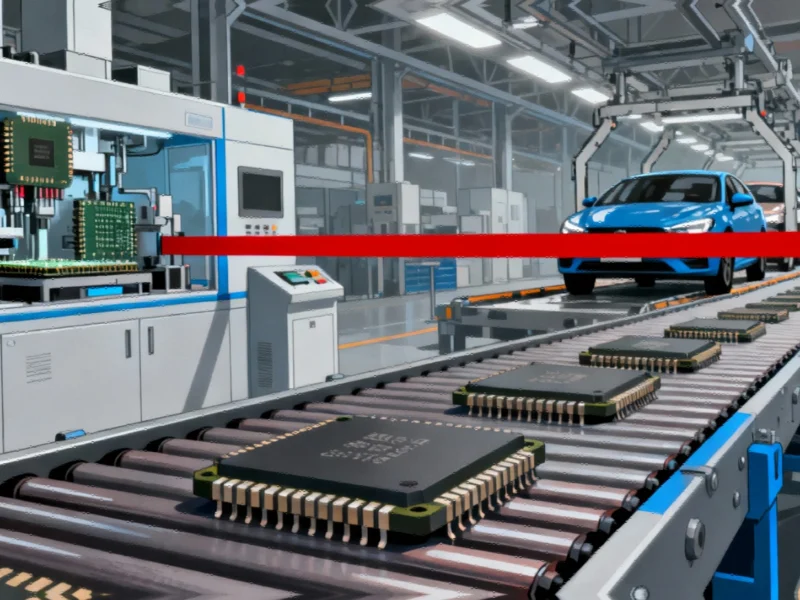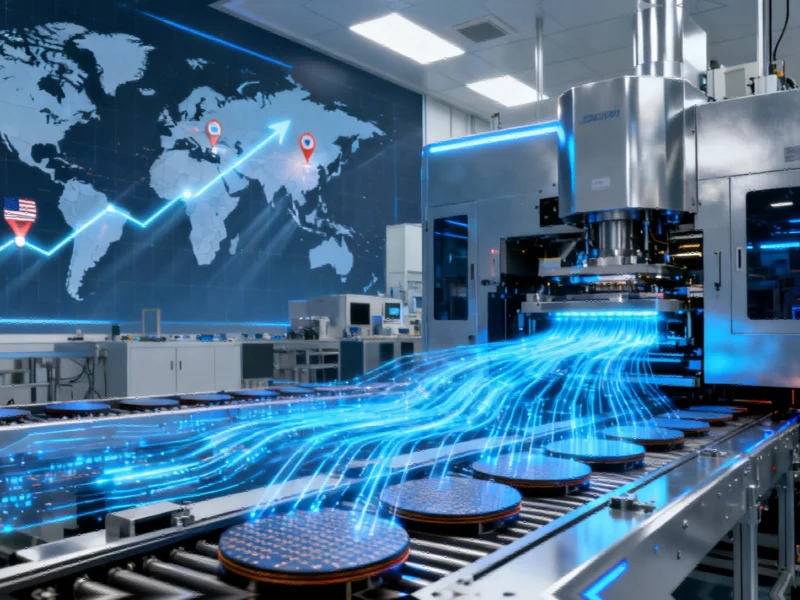NVIDIA and TSMC Mark a Watershed Moment for U.S. Tech Manufacturing
In a landmark announcement that underscores a strategic pivot in global supply chains, NVIDIA CEO Jensen Huang has confirmed that TSMC’s Arizona facility has successfully produced the first wafer for the groundbreaking Blackwell AI chip series. This development not only accelerates the U.S. resurgence in high-tech manufacturing but also signals a profound shift in how critical technologies are sourced and secured domestically.
The Strategic Drive Behind U.S. Semiconductor Production
For years, geopolitical and economic pressures have prompted a reevaluation of manufacturing dependencies, particularly in semiconductors. NVIDIA’s commitment, highlighted by a planned $500 billion investment in American production capabilities, has catalyzed a broader movement. Key suppliers, including Foxconn and Quanta, have followed suit, establishing a growing ecosystem of advanced manufacturing on U.S. soil. This move aligns with long-standing policy goals to revitalize the nation’s industrial base and reduce reliance on overseas production for essential components.
As Jensen Huang emphasized during his visit to Phoenix, “This isn’t just about creating jobs—it’s about reclaiming leadership in the world’s most vital technology sector.” The production of the Blackwell wafer in Arizona represents the culmination of these efforts, positioning the U.S. as a central hub for next-generation AI hardware.
Inside TSMC Arizona’s Rapid Deployment of Advanced Nodes
TSMC’s progress in the United States has been nothing short of remarkable. Since announcing its intent to manufacture Blackwell chips in April, the company has delivered the first wafer within six months—a timeline that demonstrates its unparalleled execution capabilities. The Arizona fab, under CEO Ray Chuang, is now positioned to advance beyond this milestone, with plans to introduce progressively sophisticated processes, including 2nm, 3nm, and 4nm nodes, as well as the future A16 (1.6nm) technology.
This acceleration is critical for maintaining competitiveness in fields like artificial intelligence, where cutting-edge semiconductor performance directly influences innovation and application scalability. The ability to produce these components domestically also mitigates risks associated with international logistics and trade disruptions.
Broader Implications for Industry and Economy
The successful production of the Blackwell wafer is more than a technical achievement—it’s a catalyst for economic and technological realignment. By localizing the manufacture of the world’s most advanced AI chips, NVIDIA and TSMC are helping build a resilient supply chain that supports everything from data centers to consumer electronics. This shift is expected to spur job creation, attract ancillary industries, and reinforce America’s role in the global tech landscape.
At the same time, this milestone reflects broader industry developments where strategic priorities are increasingly shaped by both market demands and geopolitical considerations. The collaboration between NVIDIA and TSMC serves as a model for how public and private sectors can align to achieve national technological sovereignty.
Looking Ahead: The Future of U.S. Semiconductor Leadership
With TSMC planning to introduce ever-smander process nodes in Arizona, the United States is poised to become a complementary hub to Taiwan in advanced semiconductor manufacturing. This diversification is essential for global stability and continued innovation, particularly as demand for AI and high-performance computing grows.
Emerging technologies often draw inspiration from diverse fields, including recent technology breakthroughs in unrelated sectors, which can inform new approaches in materials science and engineering. Similarly, understanding related innovations across industries helps contextualize the significance of achievements like the Blackwell wafer, highlighting how interconnected modern advancements truly are.
As NVIDIA and TSMC continue to push the boundaries of what’s possible, their partnership in Arizona not only strengthens U.S. manufacturing but also sets a new standard for global technology collaboration. The era of U.S.-based leading-edge chip production is firmly underway, promising a future defined by innovation, security, and economic vitality.
This article aggregates information from publicly available sources. All trademarks and copyrights belong to their respective owners.
Note: Featured image is for illustrative purposes only and does not represent any specific product, service, or entity mentioned in this article.



